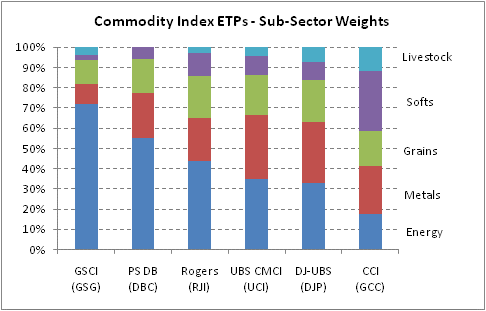by Brad McMillan, Commonwealth Financial Network
It turns out that China’s stock market remains a market after all, despite the Chinese government’s best efforts. Prices on the Shanghai Composite Index fell 8.5 percent on Monday and another 1.7 percent Tuesday, stripping away more than half of the gain since the last bottom.
After the initial downturn three weeks ago, government action (mandated lending to buy stocks, prohibition of stock sales, and out and out removal of many stocks from active trading) had stabilized the market and engineered a partial recovery—at the cost of stopping it acting like a market at all.
The resumption of the decline in the past two days, in a big way, calls into question whether the Chinese government will be able to keep the market afloat. Volatility in the Shanghai market has moved to the highest level on a monthly basis since the Asian financial crisis of 1997.
What does this mean for U.S. investors?
Not much, I suspect. Any way we look at it—from a fundamental economic perspective or from a stock market perspective—the damage, if any, should be limited here in the U.S.
From a fundamental economic perspective: The U.S. imports about $470 billion from China and exports $125 billion, so the vulnerability is much more on China’s side than ours. If U.S. exports to China dropped by half, it would only reduce U.S. growth by 25 basis points—not good, but certainly not catastrophic.
Moreover, if China really slowed, I suspect prices would be cut, which would benefit consumers here in the U.S., offsetting any damage. Commodity prices would also drop further, to the advantage of U.S. consumers and manufacturers. Historically, Chinese economic growth is only about 15 percent correlated with U.S. economic growth, so fundamentally, the U.S. simply isn’t that exposed.
From a stock market perspective: Immediate history shows that the Chinese stock boom didn’t do the U.S. markets much, if any, good, and the pullbacks haven’t done any severe damage. Remember, we’re still within 5 percent of all-time highs, despite the Chinese market volatility over the past couple of weeks.
Longer-term history shows a very similar pullback in Chinese shares in early 2007, and U.S. stocks continued to do well for months. If you look at U.S. shares during the Asian financial crisis, we see the same pattern.
A muted reaction so far
The real risk here comes from potential contagion—that investors exposed to losses in China might be forced to sell other assets, driving prices down there and forcing others to do the same. This is the kind of cascading collapse we saw in 2008, but we’re not seeing it now.
Thus far, the reaction of world markets to the Chinese pullback has been modest and rational, without any of the panic selling that would signal contagion. What’s more, the initial pullback gave investors a warning and time to prepare, making any subsequent pullback less likely to do systemic damage. In that sense, the Chinese government probably did the world a favor by stabilizing the market long enough for investors to de-risk.
We may very well see continued turbulence, and some level of market effect is quite likely here, but at this point, anything more than a temporary setback doesn’t seem probable. More worrying for the U.S. stock market are slowing profit growth and stabilized valuation levels, but that’s a topic for another post.
As far as China is concerned, remain calm and carry on.
Copyright © Commonwealth Financial Network















